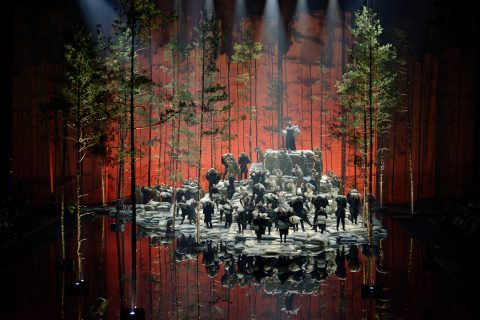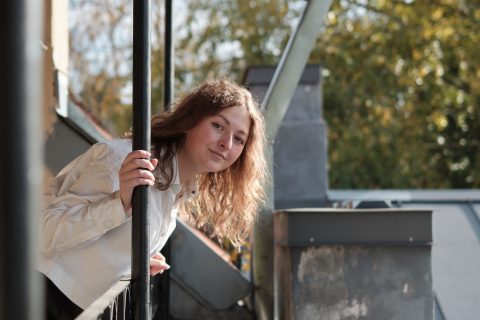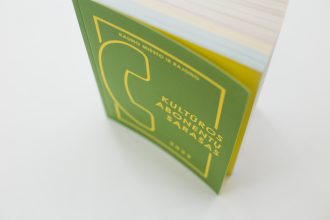Do you know which company in Kaunas manufactured radios called Tautofonas, or the Folk’s Radio, in the interwar period? As the press then stated, they were “no worse than foreign”! Have you heard that the popular tourist attraction in Kaunas, the Napoleon Hill, or the mound of Jiesia, was once called the Jewish Mountain? And have you ever come across the fact that Herman Perelstein, the founder of the legendary boys’ choir Ąžuoliukas, once lived in one of the most beautiful houses in Kaunas on Vytautas Avenue?

These and hundreds more interesting historical facts, still covered with thick layers of memory paint in everyday life of Kaunas, are revealed in the new book “The Jews of Kaunas”. The publication was initiated by the Memory Office, one of the key programmes of the Kaunas – European Capital of Culture 2022 project, has been published in Lithuanian and English.
Like other projects organized by the Memory Office, including the CityTelling festival, the book attempts to understand the city’s complicated past, rekindle its multi-ethnic memory, and remember the names and accomplishments of the people of Kaunas and their contributions to its history. It is also an endeavour to include the history of the Jews of Kaunas as an inseparable part of the city’s overall history.
“I am positive that facts, dates and names are not enough to tell the story well. To genuinely understand how people lived 50 or 150 years ago, we need to comprehend how they thought, felt, and saw the world. That is why we have included numerous quotes and memories from historical sources. These inserts are witnesses to time, adding life, breath and colour to the big picture,” says Dr Daiva Citvarienė, curator of the Memory Office programme. She compiled “The Jews of Kaunas” together with the historian Arvydas Pakštalis.
While the Jewish history in Kaunas is more than 500 years old, the book is only a couple of hundred pages. “We remember the most important names of Kaunas residents who lived and worked here, their contribution to education, culture, medicine, industry, business and other areas of life; we also touch on the painful pages of history. I hope that the book will inspire further research,” stresses D. Citvarienė, who believes this story is just beginning to be written. According to the art critic, the book was warmly welcomed by the Kaunas Jewish community. There is also no doubt that it will become a relevant souvenir for the guests of the Capital of Culture who will attend the events of Kaunas 2022 next year, such as the World Litvak Congress.



The selection of texts exploring various epochs and areas of life is generously illustrated by documents, photographs, and other archival material and unique illustrations. They were done by designer Darius Petreikis, the author of the mascot of the Kaunas 2022 project, the Beast of Kaunas.
“History can be interesting, and it can be presented in a playful manner. We’re speaking about a period of several hundred years about the community’s culture, traditions, and customs. We wanted to tell that story lightly, with a pinch of humour. After all, Jewish history is not just about the Holocaust. It’s so much more, it’s centuries of culture, traditions, customs,” D. Citvarienė invites everyone to open “The Jews of Kaunas”.
The book “The Jews of Kaunas”, published in Lithuanian and English, will be available at the Kaunas 2022 office (Laisvės Ave. 36, Kaunas) and the Kaunas IN Tourism Information Center located at Kaunas City Hall (Rotušės Sq. 15, Kaunas) in the nearest future.




